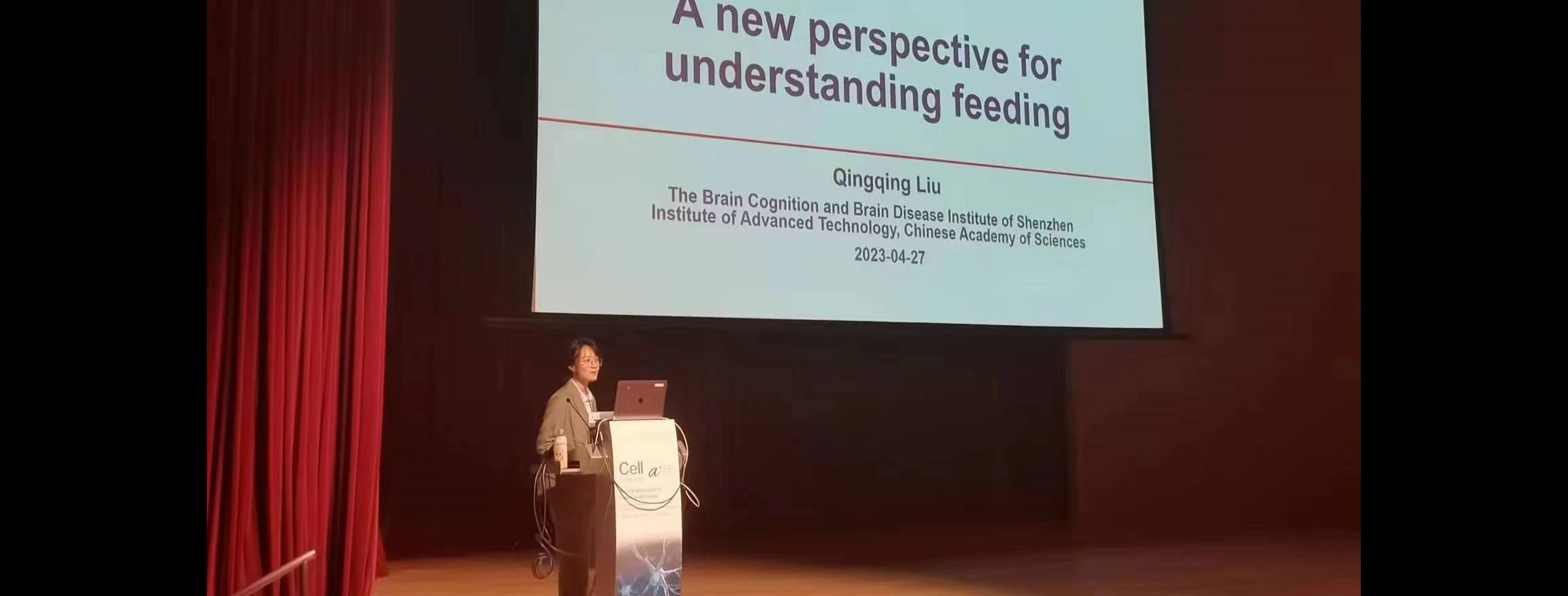
LIU Qingqing
Research
The natural environment is volatile. Wild animals survive with their innate instinct to cope with the complex natural environment, which reflects the wisdom of nature. The brain is the physical basis of instinct, which is mainly regulated by the subcortical part of the brain. Compared with the layered structure in the cortex, the subcortical neural network structure is more complex, suggesting a neural coding pattern unique to instinct. Starting with the two basic instinctive behaviors of eating and escape, we study innate behaviors and the motivation behind them from the perspective of neuroscience. We have established an automated behavioral detection system and a deep-learning-assisted method for sophisticated behavioral pattern analysis, thus achieving an accurate analysis of instinctive behavioral patterns and a clear definition of behavioral motivations. We further used neural calcium signal analysis and fMRI, combined with optogenetics, chemogenetics, and neural circuit tracing methods to analyze the encoding of motivation and the regulatory role of specific neurons in the preparation, initiation, and maintenance of innate behaviors. Furthermore, at the neural network level, motivation representation and brain neural network dynamics in health and disease conditions are studied. Through these studies, we aim to delve into the intelligence of nature and understand the nature of intelligence and life.
Biography
Dr. Liu Qingqing received her PhD from the Institute of Biophysics, Chinese Academy of Sciences in 2016, and later joined the Shenzhen Institute of Advanced Technology, Chinese Academy of Sciences, and is now an associate researcher. She has hosted the National Science Foundation of China project, the Natural Science Foundation of Guangdong project and the Shenzhen Governmental Grant project. In recent years, the main research focuses on instinct-based behavior patterns and their neural regulatory mechanisms: starting with the two basic instinct-based behaviors of feeding and escape, using deep learning methods to analyze behavior patterns in detail, and using neural calcium signal analysis and optogenetic regulation to deeply analyze the neural mechanisms for animals to make rational choices quickly under different situations. The results have been published as corresponding author and first author (including co-author) in the journals Neuron, BMC biology, eLife, etc.
Selected publications
1. Qingqing Liu; Xing Yang; Moxuan Luo; et al., An iterative neural processing sequence orchestrates feeding, Neuron, 2023, 111(10): 1651-1665.e5
2. Qingqing Liu; Xing Yang; Ru Song; et al., An Infrared Touch System for Automatic Behavior Monitoring, Neuroscience Bulletin, 2021, 37(6): 815-830
3. Moxuan Luo; Qingqing Liu; et al., DLATA: Deep Learning-Assisted
transformation alignment of 2D brain slice histology, Neuroscience Letters, 2023, 814:137412
4. Jinling Zhong; Qingqing Liu; et al., Mice learn from the predator-attack experience to accelerate flight behavior via optimizing the strategy of environment exploration, Biochemical and Biophysical Research Communications, 2023, 665: 26-34
5. Xing Yang; Qingqing Liu; Jinling Zhong; et al., A simple threat-detection strategy in mice, BMC Biology,2020,18(1):93
6. Qingqing Liu et al., Gap junction networks in mushroom bodies participate in visual learning and memory in Drosophila, eLife, 2016;5:e13238.

